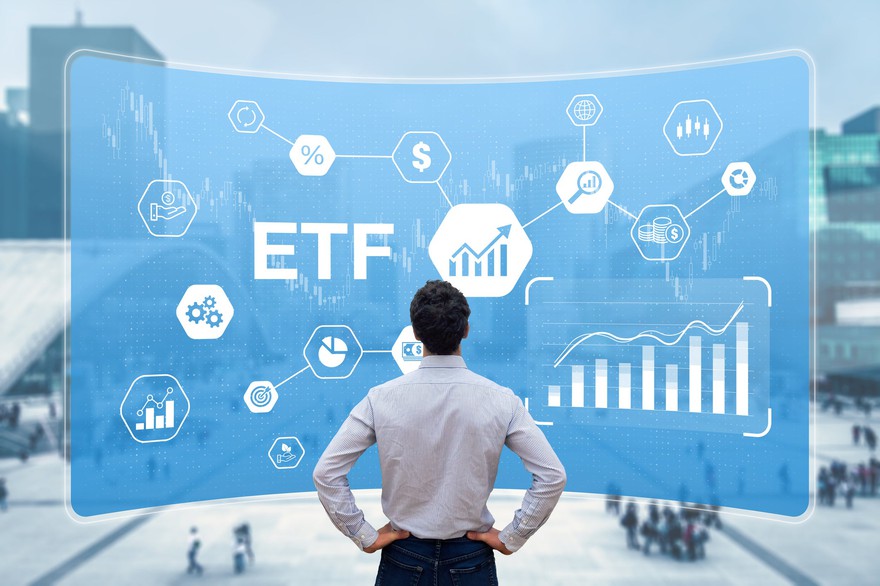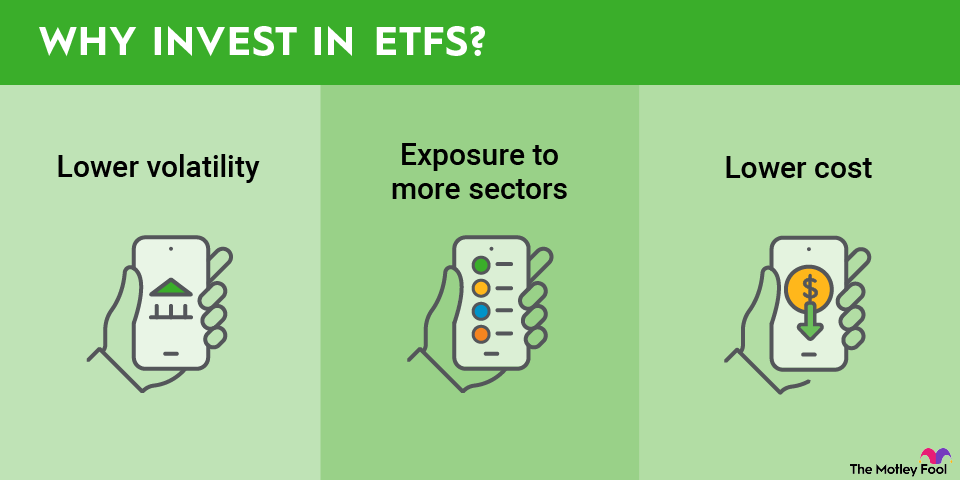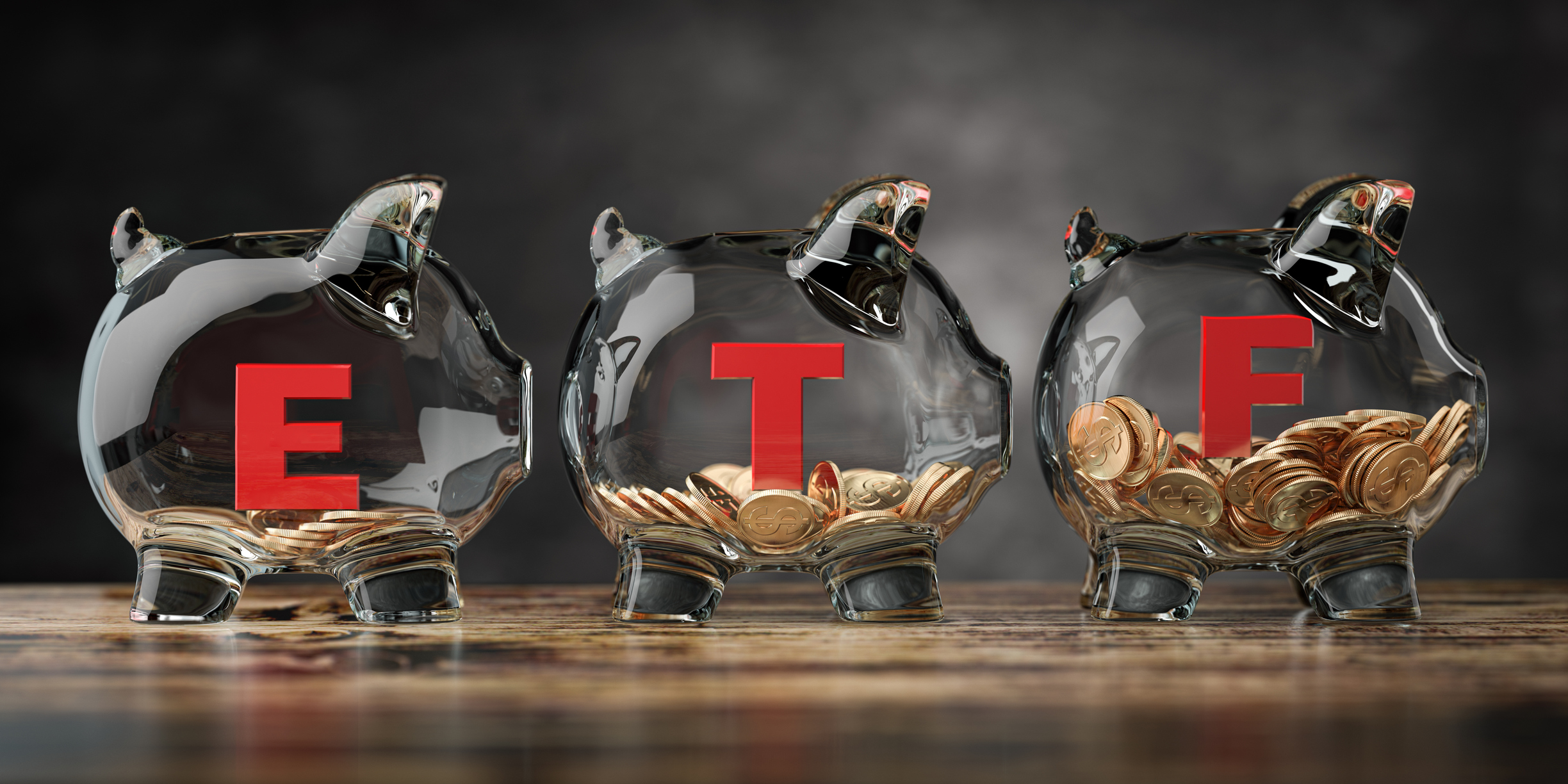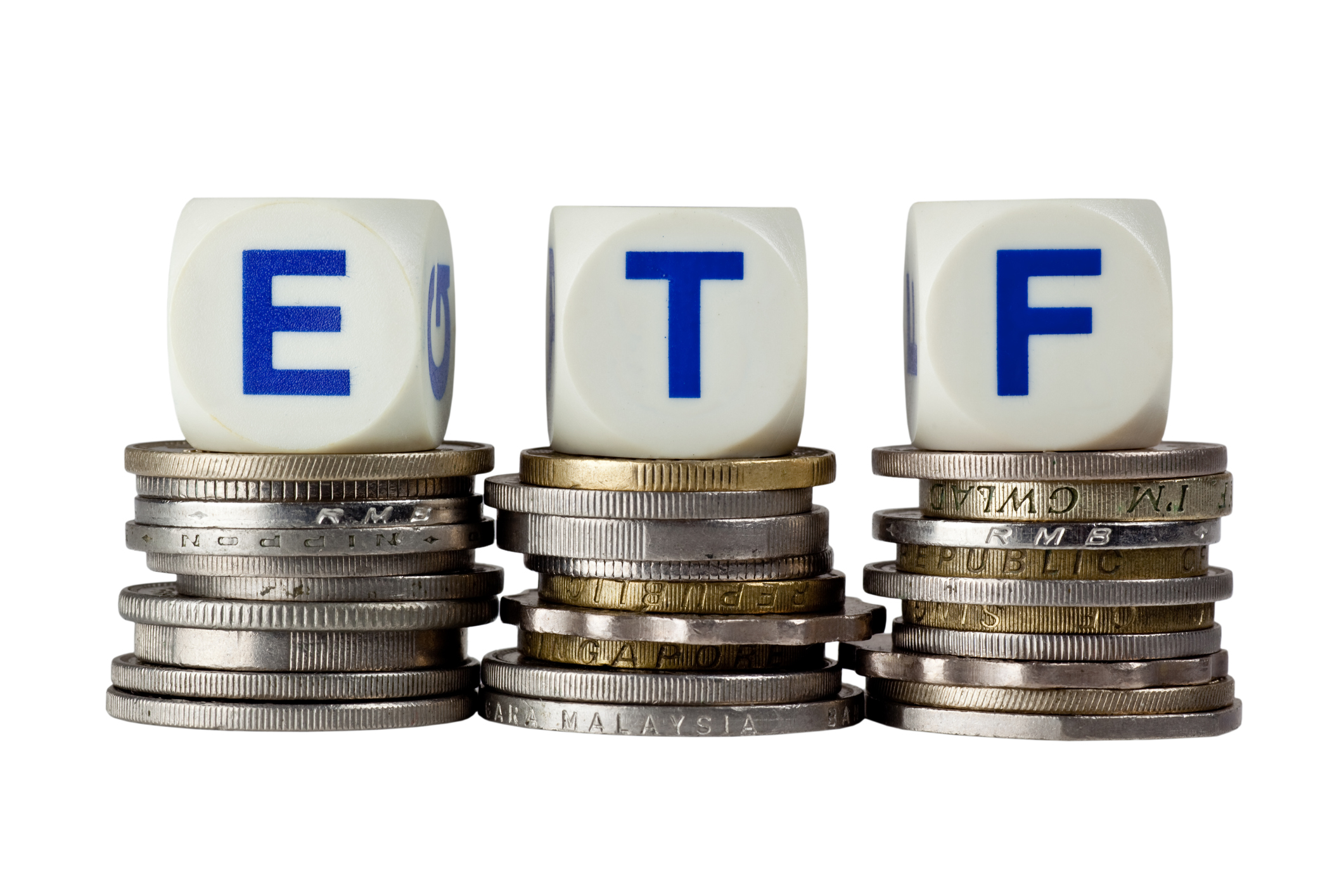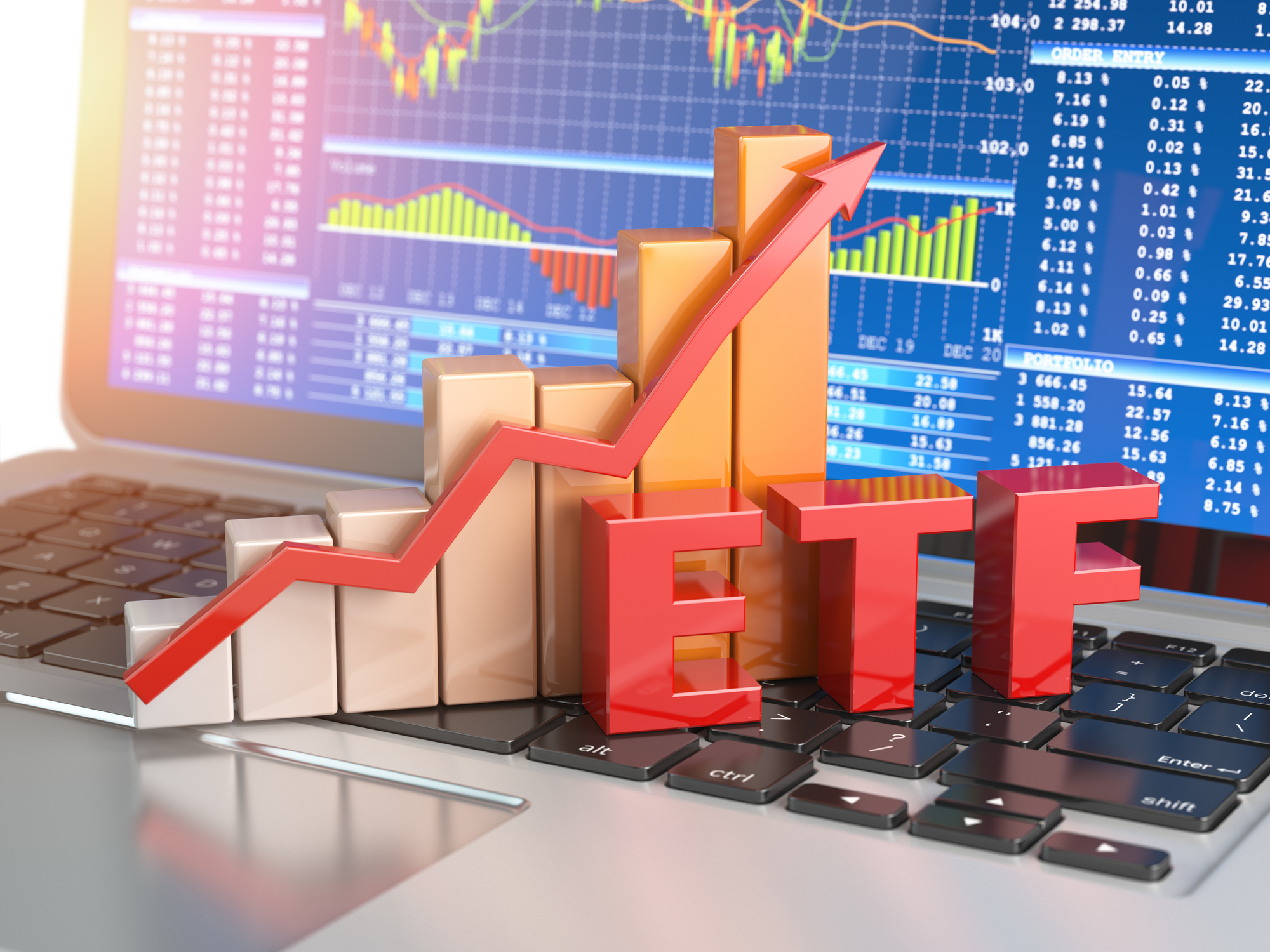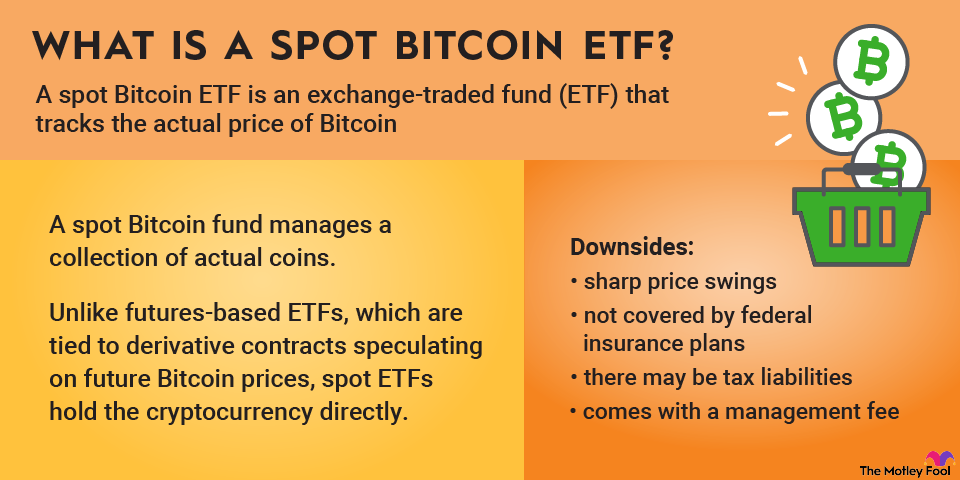The Invesco QQQ ETF Trust (QQQ +0.75%) is a favorite among growth-minded investors. The passively managed exchange-traded fund (ETF) tracks the tech-heavy Nasdaq-100 index and has outperformed the S&P 500 index over the past 10 years, with returns of about 396% versus 220%. But the ETF carries substantial risks and tends to suffer steeper losses than the S&P 500 index during bear markets.
This article will cover how to invest in the Invesco QQQ ETF. You'll learn about the fund's largest holdings, its dividend history, expense ratio, and more so that you can decide whether the ETF fits with your financial goals.

NASDAQ: QQQ
Key Data Points
What is the Invesco QQQ ETF?
The Invesco QQQ ETF is a collection of stocks that tracks the performance of the 100 largest nonfinancial stocks listed on the Nasdaq Stock Exchange. Founded in 1999, it's among the most widely traded ETFs in the U.S. The QQQ is the fifth-largest ETF in the U.S., with about $302 billion in assets under management as of May 2025.
Like its benchmark index, the Invesco QQQ ETF is market-cap weighted, meaning that each company's representation in the fund's holdings is determined by its market capitalization. The fund is dominated by tech stocks, which account for about 57% of its holdings, followed by consumer discretionary stocks (20%) and healthcare stocks (6%).
Invesco launched another fund called the Invesco NASDAQ 100 ETF (QQQM +0.75%) in 2020 that also tracks the Nasdaq-100 index. The QQQM has lower fees than the QQQ, which may make it more appealing to retail investors. However, the QQQ is far more liquid than the QQQM, which is why high-volume traders like institutional investors and day traders still tend to prefer the QQQ.
How to buy Invesco QQQ ETF
To invest in ETFs, including the Invesco QQQ ETF, you'll follow the exact same steps you'd follow if you were buying an individual stock. If you're a new investor or could use a refresher, here's how to buy shares.
- Open your brokerage app: Log in to your brokerage account where you handle your investments.
- Search for the stock: Enter the ticker or company name into the search bar to bring up the stock's trading page.
- Decide how many shares to buy: Consider your investment goals and how much of your portfolio you want to allocate to this stock.
- Select order type: Choose between a market order to buy at the current price or a limit order to specify the maximum price you're willing to pay.
- Submit your order: Confirm the details and submit your buy order.
- Review your purchase: Check your portfolio to ensure your order was filled as expected and adjust your investment strategy accordingly.
Should I invest in the Invesco QQQ ETF?
The Invesco QQQ ETF comes with a relatively high level of risk, so it's not appropriate for every investor. Here are a few situations where investing in the QQQ makes sense, as well as some times you should pass.
Consider investing in the Invesco QQQ ETF if:
- You have a long time horizon: You generally want to avoid putting money in the stock market if you think you may need it within the next few years. But that's especially true with investments like the Invesco QQQ ETF, which tends to be more volatile than the overall stock market. The QQQ isn't the right choice for your emergency fund, down payment, or money you'll need next year for your kid's college tuition.
- You wouldn't lose sleep if the investment loses money: The QQQ has outperformed the S&P 500 in the past decade but has suffered steeper losses during stock market downturns. In 2022, for example, the fund lost about one-third of its value, while the S&P 500 only dropped by about 18%. If you think you'd sell your shares in a panic if the ETF's price tanked, the QQQ probably isn't for you.
- You're looking for more tech exposure: There's a lot of overlap between the stocks in the Invesco QQQ ETF and those in an S&P 500 index fund or a total stock market fund, so if you're already investing in one of the latter two funds, the QQQ won't provide much diversification. However, if you want more exposure to the high-growth companies in the Nasdaq, many of which are in the tech sector, the QQQ could be a fit.
The Invesco QQQ ETF probably isn't right for you if:
- You don't already have a diversified portfolio: If you're a new investor or you only own a couple of individual stocks, consider investing in S&P 500 index funds before you buy shares of the QQQ ETF. An S&P 500 fund is a much more diversified investment than the QQQ ETF. You can add the QQQ later on if you decide you want more exposure to the growth stocks that dominate the fund's holdings.
- You have a low risk tolerance: The Invesco QQQ ETF has a beta of 1.13, which means it's about 13% more volatile than the overall stock market. If you're not comfortable with a higher level of volatility, avoid this ETF.
- You're looking for investment income: The QQQ has an annual dividend yield of 0.6% as of this writing, which is fairly paltry. Growth stocks usually don't pay hefty dividends because they reinvest their profits into the business. If you want investment income, a dividend ETF or a value stock ETF is a better option.
Exchange-Traded Fund (ETF)
Holdings of Invesco QQQ ETF
The Invesco QQQ ETF consists of the 100 largest nonfinancial stocks that trade on the Nasdaq stock exchange. Though it's not a sector ETF that focuses on tech stocks, the majority of its holdings are in the technology sector. In fact, Costco is the only non-tech company represented in its top 10 holdings. As of mid-May 2025, the ETF's largest holdings were:
- Microsoft (MSFT -1.32%): 8.81%
- Apple (AAPL +1.78%): 8.02%
- Nvidia (NVDA -1.06%): 7.74%
- Amazon (AMZN +1.64%): 5.50%
- Broadcom (AVGO -1.99%): 4.36%
- Meta Platforms Class A (META +0.87%): 4.51%
- Alphabet Class A (GOOGL +3.50%): 3.54%
- Netflix (NFLX -1.29%): 3.26%
- Costco (COST +0.64%): 2.98%
- Tesla (TSLA -1.05%): 2.80%
Altogether, the Invest QQQ ETF's 10 largest holdings account for about half of its weighting by market capitalization. Note that all 10 of these stocks are already represented in the S&P 500 index. If you already own an S&P 500 index fund or a similar ETF or mutual fund that tracks most of the U.S. stock market, the Invesco QQQ ETF won't do much to diversify your portfolio. Rather, it will provide additional exposure to many of the same underlying stocks.
ETF Expense Ratio
What is the Invesco QQQ ETF's expense ratio?
An ETF expense ratio is the percentage of your investment that goes toward fees when you purchase a fund. The Invesco QQQ ETF's expense ratio is 0.2%, which means $20 of a $10,000 investment would go toward fees, while the remaining $9,980 would be invested in the fund.
It's important to be aware of expense ratios because even small fees can erode your investment returns over time.
Does the Invesco QQQ ETF pay a dividend?
The Invesco QQQ ETF pays a quarterly dividend determined by the dividend payments that the companies in the fund make to shareholders. As of May 2025, the annual dividend yield was 0.59%. By comparison, the S&P 500 index's dividend yield was about 1.3% for the same period.
It's not surprising that the Invesco QQQ ETF's dividend yield is modest. Growth stocks don't typically provide generous dividends because they use their profits to fuel expansion rather than paying extra cash for shareholders. If you're seeking investment income, a dividend ETF will be a better pick than the Invesco QQQ Trust.
Historical performance of the Invesco QQQ ETF
If you'd invested $10,000 in the Invesco QQQ ETF a decade ago, you'd have about $45,000 today. The QQQ has delivered higher returns than the S&P 500 in the long term, although past performance is no guarantee of future returns.
Not surprisingly, it tends to fare worse than the S&P 500 when the stock market is performing poorly, though. That's because in turbulent times, investors often turn to value stocks instead of the growth stocks that are heavily represented in the QQQ.
Period | Total Returns |
|---|---|
1-year | 12.86% |
3-year | 15.78% |
5-year | 17.50% |
10-year | 16.95% |
Related investing topics
Source: Invesco. Data current as of May 11, 2025.
The bottom line on the Invesco QQQ ETF
The Invesco QQQ ETF deserves consideration if you can afford to take a relatively high level of risk. However, due to its heavy concentration in the tech sector, it's not a substitute for an S&P 500 ETF or a total stock market index fund, both of which provide a lot more diversification. Consider buying shares of the ETF only if you already have a well-diversified mix of investments and are looking for more exposure to high-growth tech stocks.
